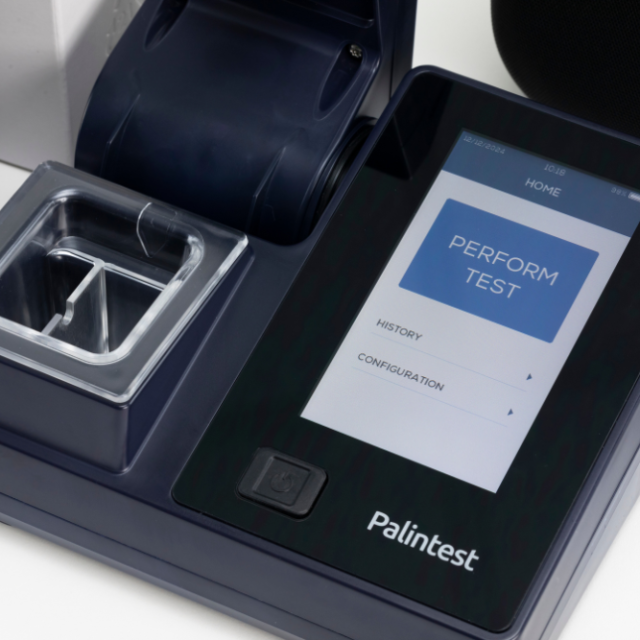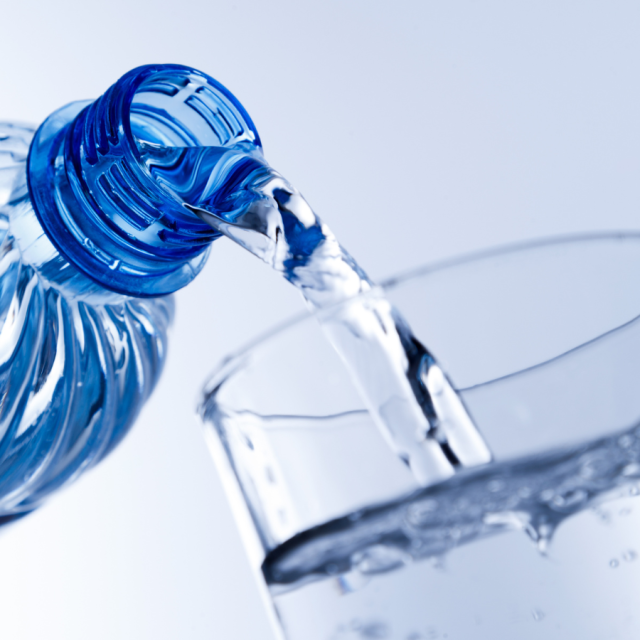
How to Test Ozone Levels in Industrial Water
How to Test Ozone Levels in Industrial Water
Testing ozone levels in industrial water is a critical process for ensuring water quality and the efficacy of water treatment systems. Ozone, a powerful oxidizing agent, is widely used for disinfecting and treating water in various industrial applications. Accurate monitoring of its levels is essential for operational efficiency, safety, and regulatory compliance.
Understanding Ozone’s Role in Water Treatment
Ozone (O3) is a highly reactive gas, effective in breaking down organic compounds and neutralizing harmful bacteria and viruses. Its use ranges from purifying drinking water to treating industrial wastewater. Ozone acts more rapidly and completely than other common disinfectants and reacts effectively on all strains of viruses.
Choosing the Right Testing Method
Several methods exist for testing ozone levels in water. The choice of method often depends on the required accuracy, cost, and the specific industrial application.
- Colorimetric Tests
- These tests are user-friendly and provide quick results. They involve using test strips or liquid reagents that change color based on the ozone concentration in the water. This method is ideal for routine checks and on-site testing.
- Ozone Test Kits
- Ozone test kits often use DPD (N,N-diethyl-p-phenylenediamine) for colorimetric analysis. The color intensity of the sample indicates the concentration of ozone.
- Electrochemical Sensors
- These sensors offer high accuracy and can be used for continuous monitoring. They work by measuring the electric current generated by the chemical reaction of ozone in the water.
- UV Photometric Methods
- This method is highly accurate and is used in situations where precise ozone concentration levels are critical. It involves measuring the absorption of UV light by ozone in the water.
The Importance of Regular Monitoring
Regular monitoring of ozone levels is crucial for maintaining the effectiveness of the water treatment process. It ensures that the ozone concentration is within the desired range, optimizing the disinfection process and preventing overexposure, which can be harmful to both the system and the environment.
Safety and Calibration
Safety is paramount when handling ozone due to its reactive nature. Proper training and safety equipment are essential for personnel conducting these tests. Additionally, regular calibration of testing equipment is necessary to maintain accuracy.
An Essential Aspect of Water Treatment
Monitoring ozone levels in industrial water systems is an essential aspect of water treatment. By choosing the appropriate testing method and maintaining a regular monitoring schedule, industries can ensure effective water treatment, compliance with health and safety standards, and environmental protection.




